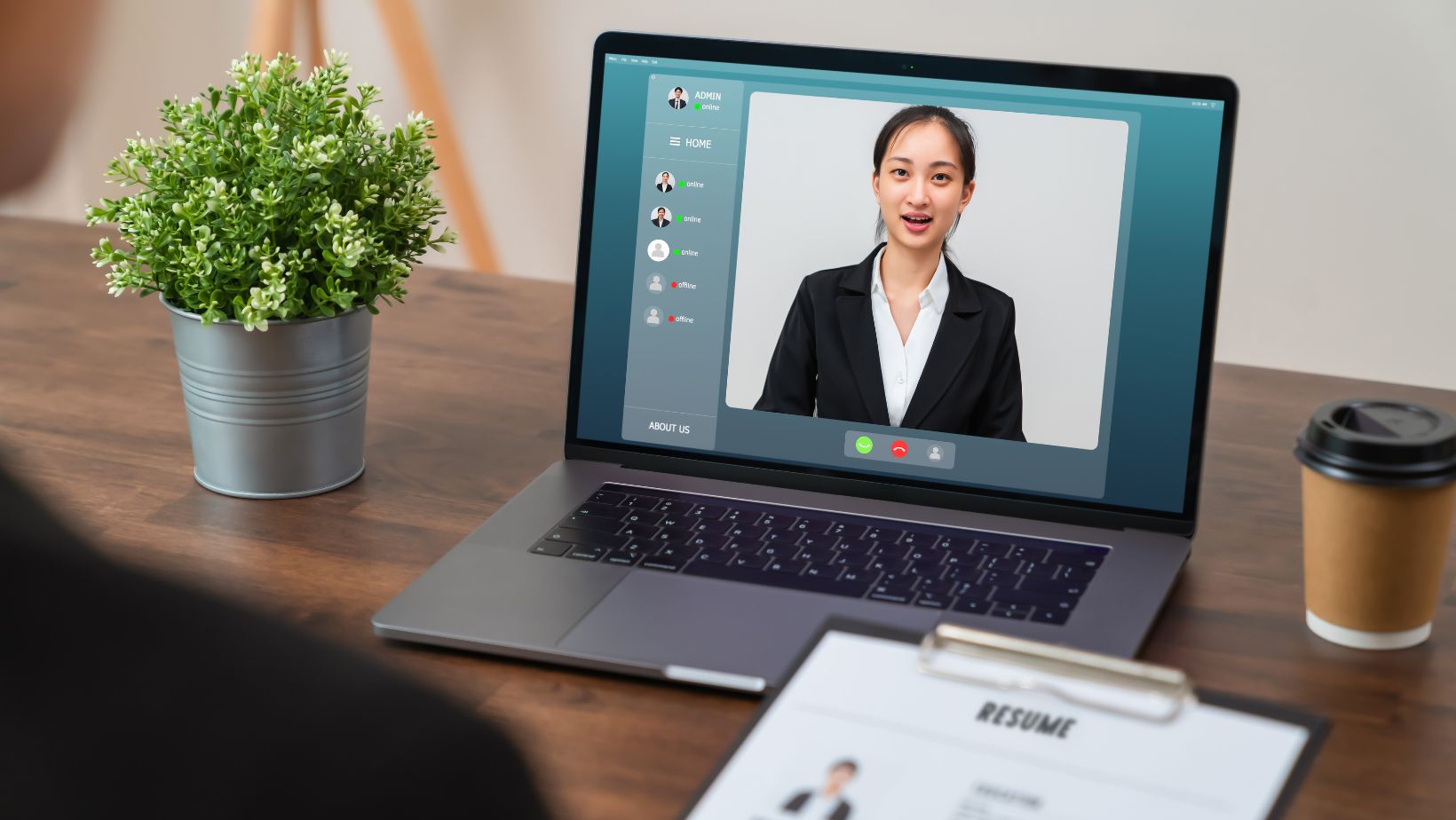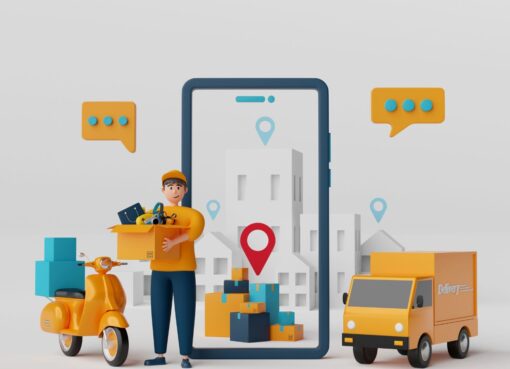Virtual Connections: Ideal Practices for Effective Video Interviews

In this digital age, video interviews have become a crucial part of the hiring process. They’re not just a trend, they’re the new norm. But how can you ensure you’re making the most of these virtual connections?
In this article, I’ll delve into the best practices for conducting effective video interviews. From setting up the perfect environment to mastering the art of virtual communication, I’ll guide you through every step of the process. So, whether you’re a seasoned interviewer or just starting out, stick around. You’re about to take your video interviewing skills to the next level.
Understanding Virtual Connections
In this digital age, virtual connections form the backbone of effective and efficient communication in the business sector. Let’s delve deeper into this construct and comprehend its impact.
The Importance of Virtual Connections in Contemporary Business
Virtual connections, in essence, have revolutionized contemporary business practices. They allow for seamless and cost-effective communication, transcending geographical boundaries. For instance, an organization can conduct a business meeting with its remote team members using video conferencing tools. This digitization of communication has been significantly beneficial, especially in the scenario of global uncertainties like the COVID-19 pandemic.
A vital tool for enabling virtual connections in the corporate world is the one way video interview software. It’s useful in conducting interviews for potential candidates, making the recruitment process smoother, and less cumbersome.
How Virtual Connections Influence Interview Processes
Virtual connections have vastly overhauled conventional interview practices. In a traditional face-to-face interview setup, factors like availability and location can become hurdles. But, with the advent of virtual connection tools, these barriers have become obsolete. Intrinsically, virtual interviews give interviewers the flexibility of scheduling at their convenience, creating a hassle-free and efficient interviewing process.
The use of one way video interview software free up valuable time, rendering the whole pre-screening process more efficient. Instead of spending hours scheduling and conducting phone interviews, hiring managers can spend their precious time reviewing applicants’ video responses when it’s most convenient.
Virtual connections have, hence, empowered recruiters to conduct effective interviews without the constraints of location and time. This flexibility provides a more comprehensive pool of candidates and improves the probability of finding the right fit for a position. Not only does this form of interview process save time, but it also improves the overall hiring process significantly.
Best Practices for Virtual Interviews
Virtual interviews fuel efficient hiring methods, especially when employing tools like one-way video interview software. This section shares important tactics that I find handy to guide a successful virtual interview.
Setting Up for a Successful Virtual Interview
Prior to the interview, test your equipment. A stable internet connection, a high-quality camera, and clear audio are crucial for the session. Use lighting that eliminates shadows on your face and choose a calm, quiet, and professional background. Dress appropriately – the norm isn’t any different from a physical interview. Stick to neutral or cool colors that look good on camera.
Ensure that your interview software is working properly. With one-way video interview software, rehearse using the same setup. When making recordings, maintain eye contact with the camera, not the screen. Posture also matters; adopt an upright sitting position throughout the interview.
Making a Positive Virtual Impression
Successful virtual connections depend on building rapport. Start with a warm, friendly smile upon connection. Introduce yourself, and remember the person’s name on the other end; use it sporadically during the interview to foster a sense of personal connection.
Clearly articulate your responses. Speaking slowly enhances your message’s clarity. Paraphrase your responses if needed, and confirm the interviewer’s understanding. Avoid negative body language; instead, use gestures that demonstrate your engagement and excitement.
Use the mute option judiciously, especially when another person is speaking. Always bid a courteous farewell post-interview, ideally with a follow-up email to express your gratitude for the opportunity. Remember, the experience should mirror a face-to-face interview. Perfecting these best virtual interview practices improves your chances of leaving a lasting impression.
Technical Aspects of Effective Video Interviews
Diving deeper, let’s explore the technical elements that factor into an effective video interview.
Insights into Helpful Video Interviewing Tools
Understanding the right technology plays a key role in facilitating the video interview process. Various platforms exist, yet one-way video interview software stands tall as a popular choice among businesses. This software allows candidates to record their responses to interview questions at their convenience, providing flexibility for both parties.

An advantage includes the reduction of scheduling conflicts, meaning the interview process progresses more smoothly. Additionally, such platforms often provide tools for analyzing candidate responses, augmenting the recruitment process with efficacy.
Achieving Optimal Video and Audio Quality
Good video and audio quality aren’t just nice-to-have but considered essential for successful video interviews. A clear video means distraction-free, focused attention on both sides. Besides using high-quality devices, I suggest using headphones for better audio clarity and controlling the surrounding noise. Lighting too plays a significant role in video quality. Natural light provides the best visual clarity but if that’s not possible, arranging multiple light sources can help create a balanced, easy-to-view interview environment. Remember, little alterations to your setup can make a significant difference to the quality of your video interviews.
The Role of Body Language in Virtual Interviews
While the technological aspects of a video interview are undoubtedly crucial, body language equally plays a significant role. Let’s explore this further, focusing on eye contact, gestures and postures.
Maintaining Eye Contact
Eye contact establishes a strong connection during virtual interviews. It’s indicative of attentiveness and sincerity, creating an environment of mutual respect. Utilizing features of one-way video interview software, such as the screen’s direct eye lines, emulates real-life eye contact. Control your gaze while on camera, aiming to keep your eyes centered promptly on the screen.
The Impact of Gestures and Postures
Gestures and postures also significantly influence the perception of candidates in a virtual interview. For instance, maintaining an upright posture can exhibit qualities of professionalism and confidence. Simultaneously, avoid excess movement, which may be perceived as nervousness or lack of preparation. As for gestures, consider using them sparingly to emphasize critical points in your discussion.

Also, the right gesture at the right time can aid in communication clarity – a key advantage of one-way video interview software. But remember, overuse of hand gestures can be distracting, so balance is key. Your gestures and posture together can deliver a strong virtual presence, improving the effectiveness of your interview.
Conclusion
So there you have it. Embracing video interviews isn’t just a passing trend—it’s the new norm. With the right tools and techniques, you can transform your hiring process into a streamlined, effective practice. One-way video interview software is a game-changer, offering flexibility and reducing scheduling conflicts. Remember, it’s not just about the technology. Your video and audio quality can make or break the interview. Keep distractions to a minimum and aim for the clearest possible environment. And let’s not forget the power of body language. Even in a virtual setting, maintaining eye contact, using appropriate gestures, and maintaining good posture can significantly influence perceptions. By incorporating these best practices, you’re not just conducting video interviews—you’re making meaningful virtual connections. And in today’s world, that’s a skill worth mastering.



